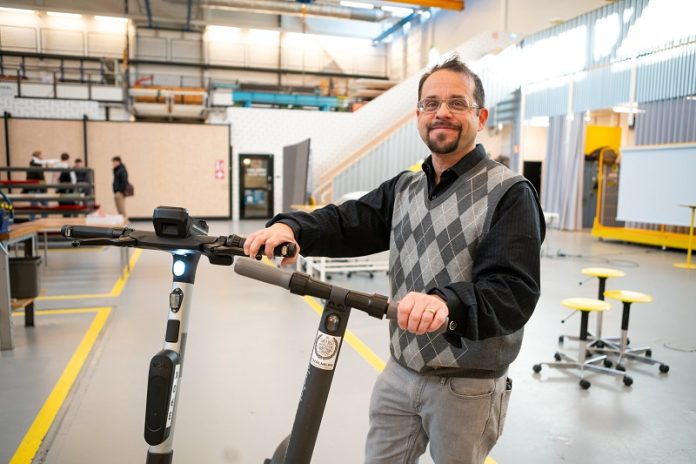
Electric scooters have become a fast and fun way to get around cities.
But a new study from Chalmers University of Technology in Sweden shows that many e-scooter crashes are caused by risky rider behavior—not the scooters themselves.
Researchers looked at nearly 7,000 trips taken on rented electric scooters in a city. They used cameras and sensors on the scooters to collect data.
From this, they identified 61 safety-related incidents—19 crashes and 42 near-crashes. The study is the first to explore e-scooter accidents using real-world riding data.
One surprising finding was that in 20% of the serious events, the rider deliberately created danger—such as crashing on purpose or riding recklessly.
This behavior is very unusual and doesn’t happen much with other vehicles like bikes or cars. Researchers believe this may be because e-scooters are usually rented, so riders don’t feel responsible for them.
Professor Marco Dozza, who led the study, said many riders use e-scooters not just for transportation, but also for fun. Unfortunately, that can lead to unsafe actions. While most riders are careful, the crashes that do happen are mostly linked to what the rider is doing.
The biggest risk?
Riding with only one hand on the handlebars. This increases crash risk by six times.
Using a phone or riding in a group also makes crashes about three times more likely. Unlike bicycles, electric scooters are harder to control with one hand. That means even small distractions can be dangerous.
The study also found that new riders are more likely to crash. The first ride is the riskiest, and even after five rides, the chance of a crash is still twice as high as for experienced users.
Trips with a clear destination—like commuting to work—are usually safer. Wandering or playful riding tends to lead to more accidents.
Another key finding: 30% of all serious incidents involved cars. This was higher than expected and shows that many crashes happen when e-scooters are ridden outside of bike lanes—or where bike paths don’t exist. Intersections were especially dangerous, likely because car drivers may not see scooter riders in time.
To improve safety, researchers suggest adding technology to warn riders if they’re being unsafe—like riding one-handed or using a phone. Speed limits can also be automatically lowered in high-risk areas.
However, the researchers believe the best way to prevent crashes is through education. Teaching children and new users how to ride safely—just like we teach bike riding—could help reduce accidents.
This study highlights how a mix of training and smart technology could make electric scooters much safer for everyone.


